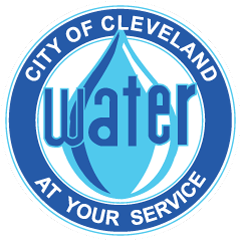News
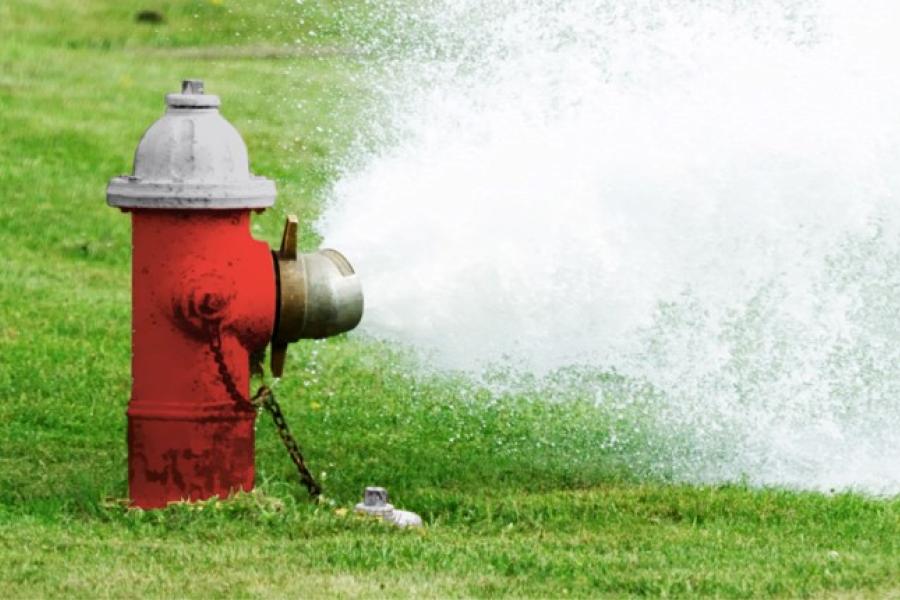
Keep Cool & Safe: Never Open Hydrants to Beat the Heat
During a heatwave, customers may be tempted to open hydrants in an effort to stay cool. While we agree that Cleveland Water is cool and refreshing, opening hydrants can be dangerous.
May 22, 2023
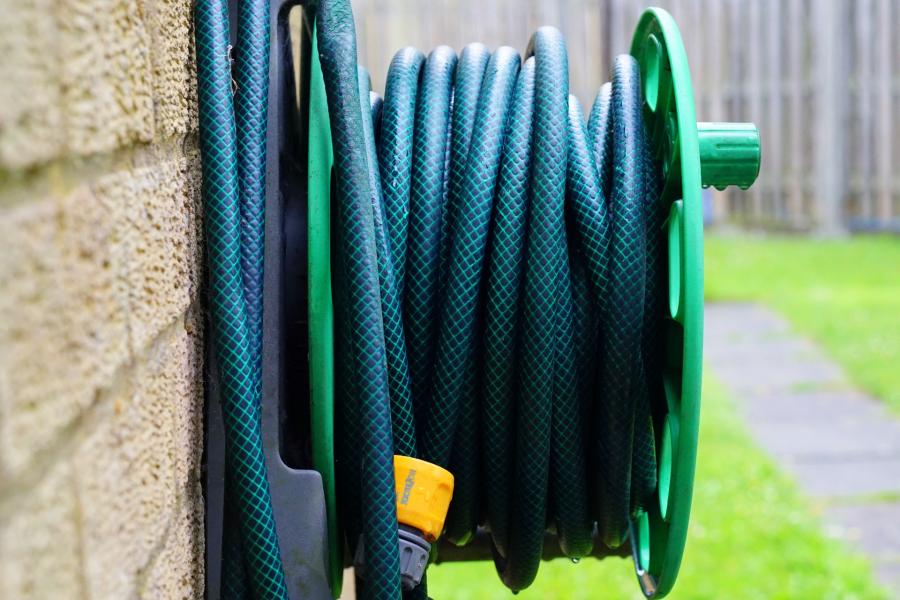
Why You Shouldn't Drink Water from a Garden Hose (and When You Can)
Taking a drink of water from a garden hose on a hot summer day may be a fond childhood memory. But in reality, most outdoor faucets and garden hoses, especially those made prior to 2014, are not meant to be used for drinking water.
May 08, 2023
Home Plumbing, Water Quality
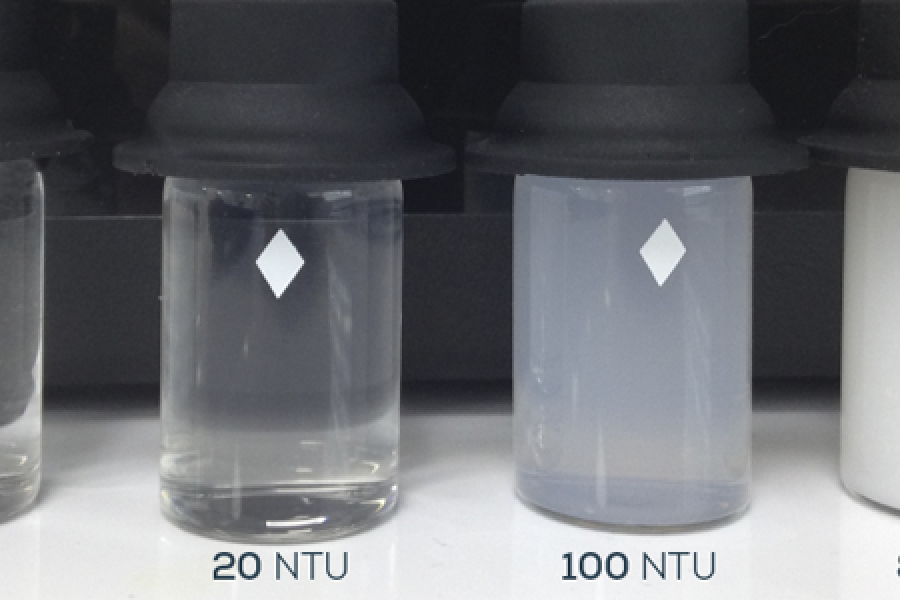
Understanding Turbidity and Why it Matters
Strong spring storms that churn Lake Erie waters and increase water runoff mix more sediment and other particulate matter into the lake water. The resulting murky water measures higher in a water quality parameter called turbidity. Of the many water quality parameters we monitor, turbidity is one of the more important ones.
Apr 25, 2023
Water Quality
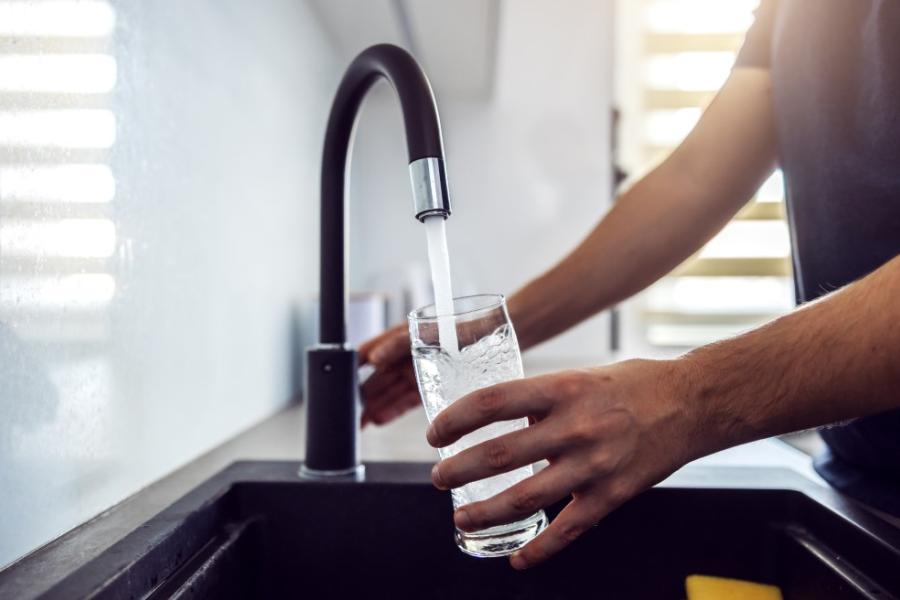
Tap Water is the Smart Way to Stay Healthy & Hydrated
Drinking tap water is an easy way to stay healthy, save money, and help the planet.
Apr 14, 2023
Affordability, Hydration
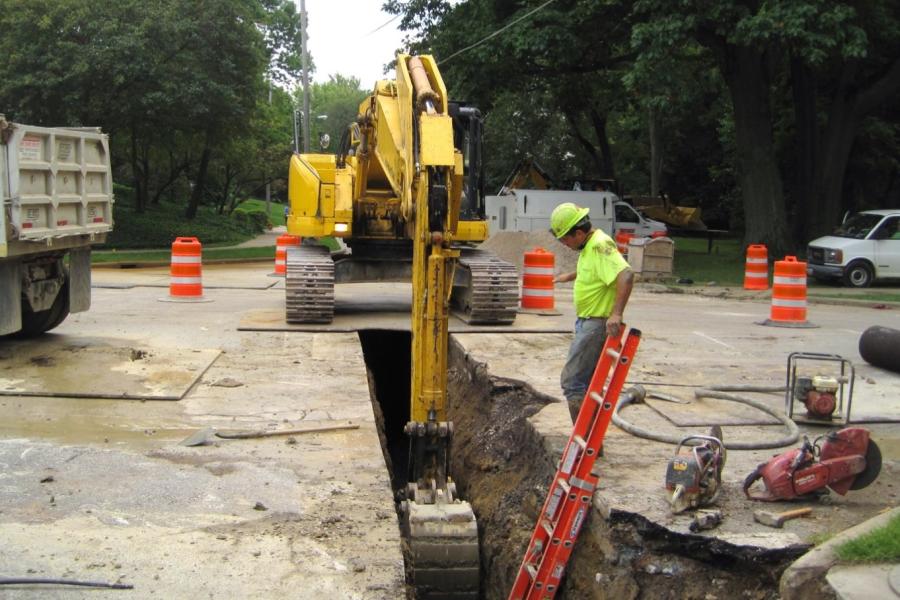
Suburban Water Main Replacement Program Hits $200 Million Mark with Spring 2023 Awards
Cleveland Water funds water main replacement projects in direct service suburbs through our Suburban Water Main Replacement Program. Funds totaling $15 million are awarded twice each year.
Apr 12, 2023
Infrastructure

Protect Lake Erie by Protecting its Watershed
The first step in providing safe, affordable drinking water is keeping Lake Erie - our source of drinking water - clean and healthy. Our everyday actions affect the quality of the lake and the health of its watershed. There are simple actions we can all take to help protect our local waterways and Lake Erie.
Apr 10, 2023
Lake Erie, Water Quality
